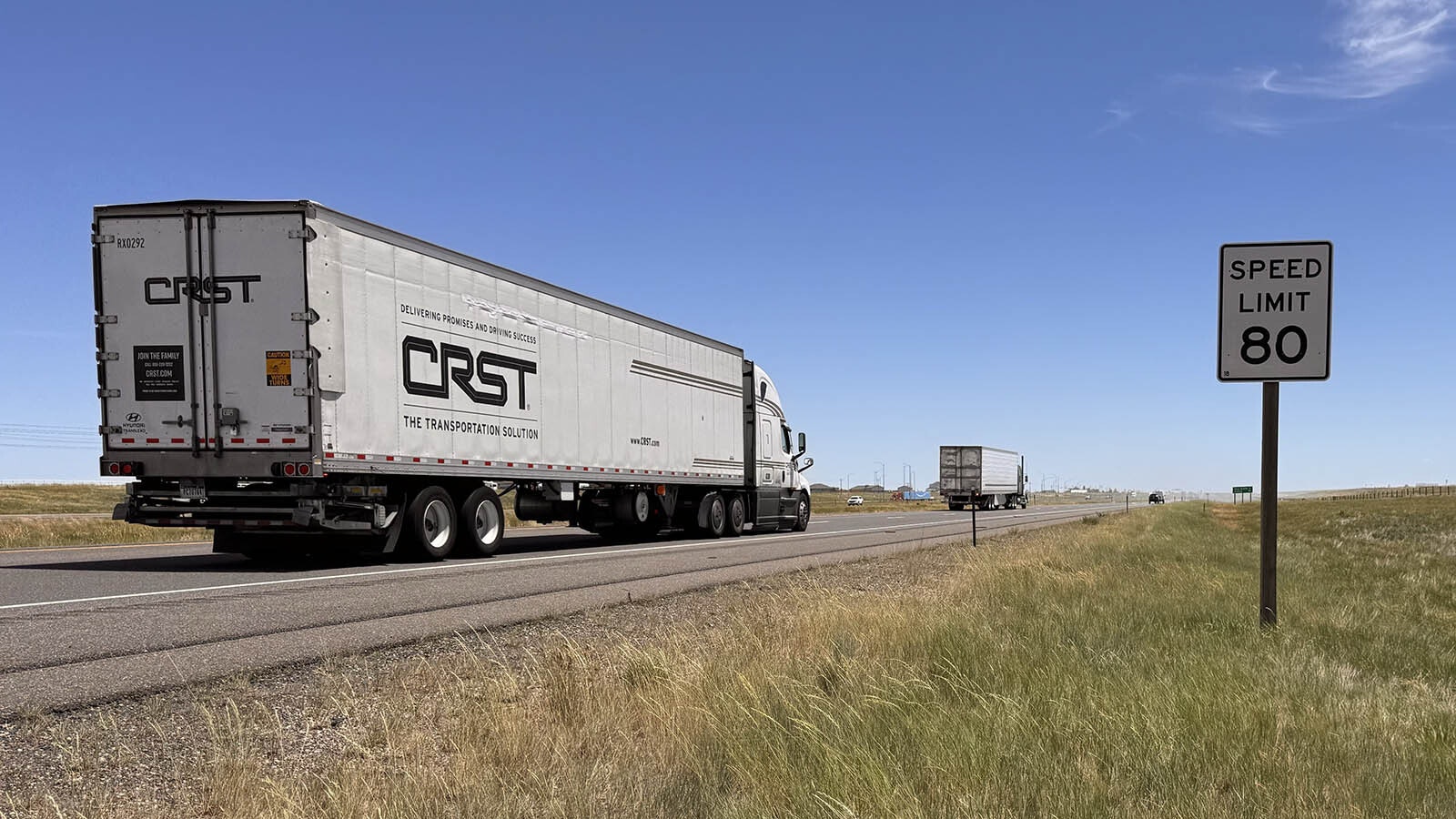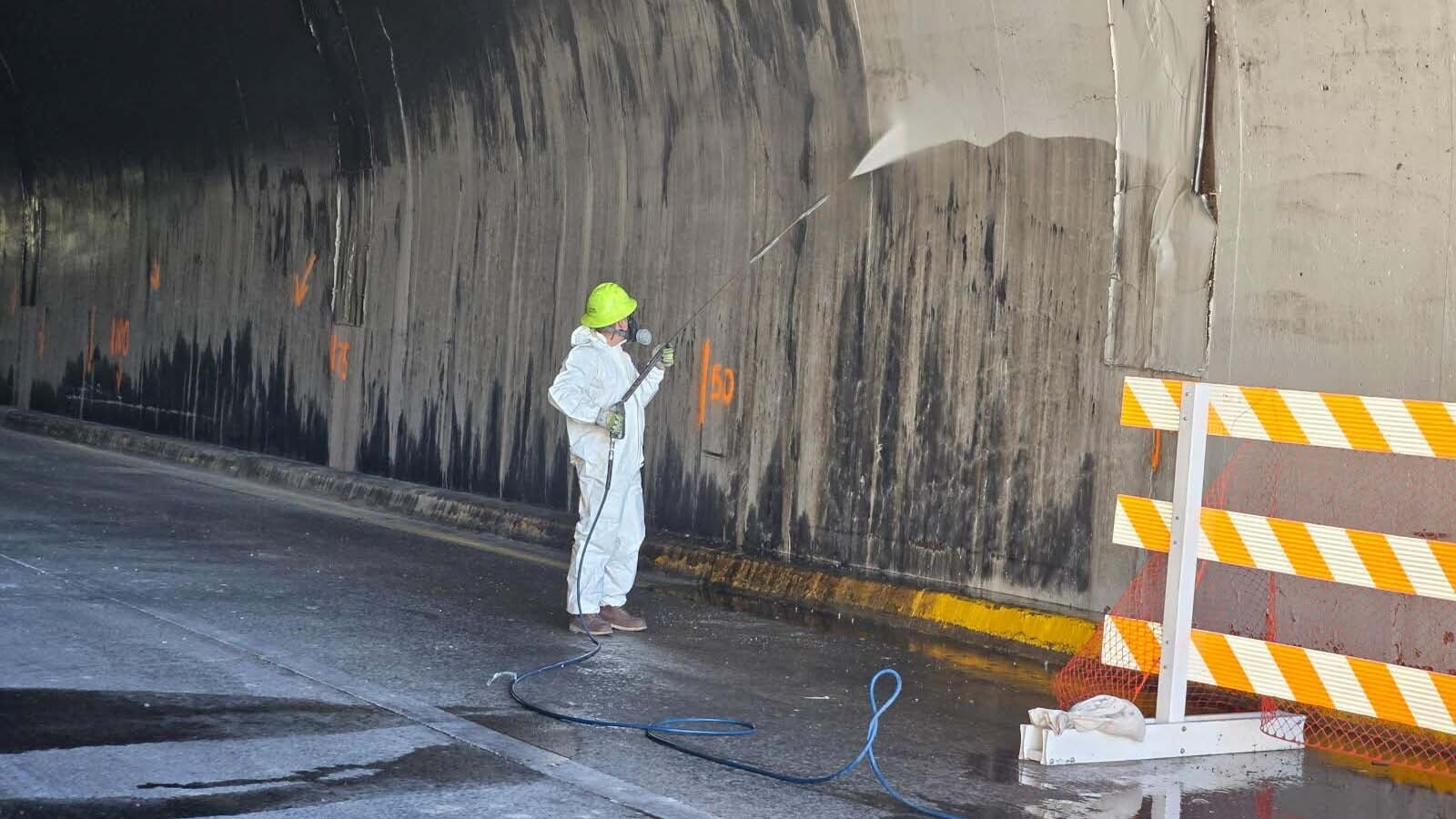Alan O’Hashi is experienced at driving his electric vehicle around Wyoming. A former resident of the Cowboy State, he now lives in Colorado, but has taken many return road trips in his Nissan Leaf.
One thing he’s learned is that a road trip in an EV is much different than a traditional gasoline-fueled vehicle.
“It was very difficult, O’Hashi said. “For example, (it took) 15 hours to get from Cheyenne to Casper.”
That was his first trip. And this wasn’t back in the beginning days of EVs either. This was late May, 2022.
A month later, he was able to get the time down to speedy (relatively) 11 hours.
To put the trip in perspective, it’s 178 miles. Going the speed limit, it’s less than a 2 1/2 hour trip.
The federal government recently approved a plan that will provide money to build EV charging stations every 50 miles along major highways and interstates. As it is now, getting around the wide-open spaces of Wyoming in an EV is no day trip.

Hurry Up And Wait
The experience of driving EVs across Wyoming has been such a unique adventure that O’Hashi wrote a book about it titled “On The Trail: Electric Vehicle Advice and Anxiety.”
Charging an EV is very different from filling up with gas. There are three levels of chargers that power up different types of EVs at different rates. None of them are as fast as filling up at the pump.
On his first EV trip up to Cody from Colorado in his Nissan Leaf, O’Hashi charged up in Wellington, Colorado, just north of Fort Collins. He used a Level 3 charger at a public charging station, which can juice up a small EV like a Leaf in 10 to 30 minutes, depending on a number of factors.
It still wasn’t enough charge to get all the way to Casper, so he drove 30 miles to Cheyenne, where he could pull into a Nissan dealership to charge up with its Level 2 charger. At that level, he would get about 10 miles worth of juice for every hour he was hooked up. To get the battery back to where it was when he left Wellington, he charged for three hours.
“What I’ve learned from driving this thing is patience,” O’Hashi said.
The 30 miles he added to his range after a few hours’ wait theoretically gave him enough charge to get to Casper. The problem is, EV drivers have to factor in hilly terrain and winds that can degrade range by up to half.
EV drivers that run out of charge can’t just call AAA to bring out more electricity. The vehicle has to be towed to a place it can charge up.
Ideally, before getting stranded in an EV, one could pull off to a public charging station. Unfortunately, there are no Level 3 charging stations between Cheyenne and Casper.
To be on the safe side, O’Hashi pulled off in Wheatland to use a 220-volt plug-in at an RV park.
“So, I could sit there for two hours and get enough charge to get to Casper, but just barely,” O’Hashi said.
He was down to 1% battery life left when he finally pulled into Wheatland.


Range Anxiety
On the electric road, O’Hashi tries to stop at old motels, where he can stay on the first floor and run an extension cord out a window. In some cases, they have plug-ins for block heaters he can use.
Those charge a car about 5 miles of range per hour. Overnight, he could get enough of a charge for another 40 miles.
The fear of draining the battery before getting to the next opportunity to charge up is what EV owners call “range anxiety.”
The 40 miles range O’Hashi got charging overnight would probably get him to Riverton, but looking at the winds and the distance, O’Hashi had a bout of anxiety.
Just to be on the safe side, he drove to the Nissan dealership to charge for a couple more hours, just to make sure he wouldn’t get stranded.
He managed to make it to Riverton, where he pulled off into a Hampton Inn that offers car charging. After a few hours of charging time, he was ready to head up into the Wind River Canyon.
“So I barely made it to Cody,” O’Hashi said.
Not Easy Being Green
Aaron Turpen, an automotive writer and EV proponent (and Cowboy State Daily contributor), said he had a Kia Niro EV that would take 2.5 days to charge to full with a Level 1 charger, which is a standard residential outlet.
On a larger vehicle like the GM Humvee EV, it would take more than four days at that level.
Turpin now has a 220-volt outlet installed in his garage, which takes him up to Level 2. Level 2 chargers can charge a small EV up overnight.
Public charging stations are Level 3 and can charge up to 80% in about 10 to 30 minutes. That last 20% takes much longer, so 80% is considered good enough to hit the road.
There also are many other considerations, such as the type of plug on the vehicle. O’Hashi said American, Asian and European cars have different plugs.
Turpen said that, even if a 220-volt outlet is used to charge a car, the time also depends on what else is running on the same circuit. Only so many amps can be pulled safely, and if there are other loads on the circuits that can slow down charge times.
System Buildout
The state will receive about $26 million over the next five years to build charging stations along most highways and interstates.
Turpen said that Level 3 charging stations need to have their own dedicated circuits.
“That’s really where the trouble is happening because it’s so hard to get dedicated service for that,” Turpen said.
The plan the Wyoming Department of Transportation submitted for the charging station funding requested 11 exemptions to the guidelines the feds required, most of them related to the long stretches of space between towns where they have the infrastructure to support charging stations. The feds were apparently unmoved by the requests and denied all but three of the exemptions.
The 50-mile rule for charging stations is especially difficult to meet in Wyoming. And rest areas aren’t an options.
“Federal regulations prohibit the commercialization of federally supported rest areas, which means it is very unlikely there will be any EV charging stations located at Wyoming rest areas,” said Jordan Achs, a spokesperson for the Wyoming Department of Transportation.
O’Hashi said that to really make EVs work in Wyoming, charging stations need to be tied to other services like gas stations, which are often placed near a convenience store, shopping center or restaurant. That way, while EV owners wait to charge, they can be using the time to do other things. It’s also a good way to tie EV charging into economic development.
“I walked up to one of the sporting goods stores but spent $100 on some clothing and went over to Kentucky Fried Chicken to have lunch over there. So I was able to spend the time when I was charging and go shopping,” O’Hashi said.
With remote stations, O’Hashi said, Wyoming will maintain its status as a “pass-through state.”
Turpen points out that overcoming challenges with new technologies is something that’s just going to take time.
“Give it a few years,” Turpen said, adding that, “In the 1920s gas stations were few and far between.





